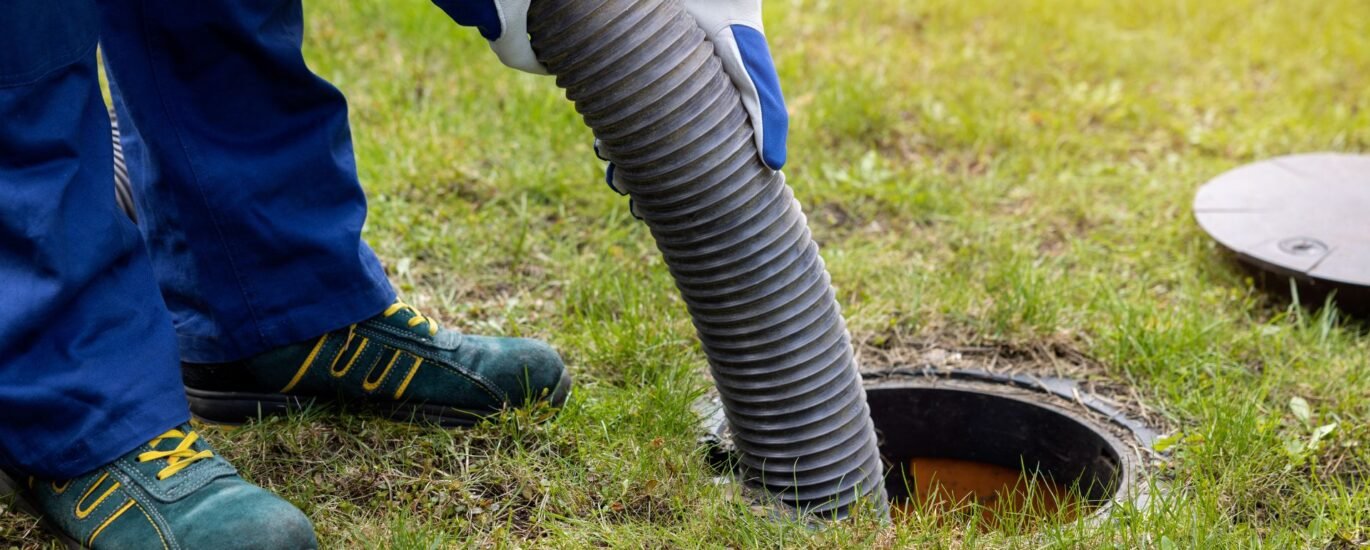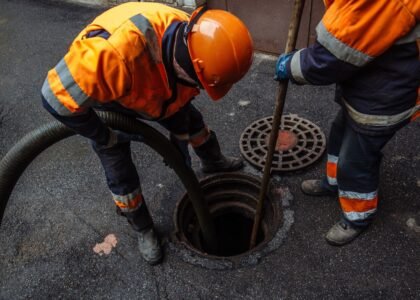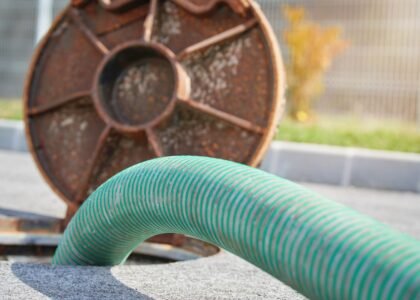Introduction
When facing sewer line damage, one of the biggest decisions is which repair method to choose. In this post, we compare trenchless and traditional approaches, explain pros and cons of each, and guide how to select the right fit for your property.
What Is Traditional Sewer Line Repair?
Traditional repair involves:
- Excavating a trench along the damaged pipe run
- Removing the old pipe section
- Laying and connecting a new pipe
- Backfilling and restoring landscaping
Advantages:
- Time-tested and familiar
- Full access for repair and replacement
- Works even in complex underground layouts
Drawbacks:
- High disruption to yard, driveway, etc.
- Long restoration and cleanup time
- Higher cost in labor and landscaping restoration
What Is Trenchless Sewer Repair?
Trenchless methods avoid digging long trenches. Common techniques include:
- Pipe lining (CIPP)
A flexible liner coated in resin is pushed or pulled into the existing pipe, then cured to harden into a seamless new inner pipe. - Pipe bursting
A bursting head fractures the existing pipe while pulling a new pipe behind it, replacing the old one in place.
These methods are already referenced as alternatives on our Sewer Line Repair page. quickfixplumbersandiego.com
Pros & Cons: Trenchless vs Traditional
Here’s a side-by-side comparison:
| Feature | Trenchless | Traditional |
|---|---|---|
| Disruption to property | Minimal | Significant |
| Repair speed | Generally faster | Slower |
| Restoration costs | Lower | Higher |
| Scope of damage handled | Moderate to severe damage, but limited in very complex layouts | Best choice when pipe layout is complicated |
| Material options | HDPE, resin liners, seamless | PVC, cast iron, etc. |
| Longevity / resistance | Often more resistant to root intrusion, corrosion | Depends on material used |
When to Choose Each Method
Choose trenchless when:
- The damage is moderate (cracks, offset joints)
- You want to preserve landscaping and avoid major digging
- The layout is simple and access points are available
Choose traditional when:
- The damage is severe or collapsed
- Pipe layout is complicated (many bends, joints)
- You need full control to replace multiple sections
How the Decision Is Made
During the inspection stage, professionals use a sewer camera to see inside the pipe and decide which method best matches the defect. If the pipe is too deteriorated or has serious misalignment, traditional may be the safer route.
What to Expect During Each Repair
Trenchless Workflow
- Clean the pipe (hydro-jetting, roots removal)
- Insert liner or bursting head
- Cure the liner or pull new pipe
- Test flow and complete minor restoration
Traditional Workflow
- Excavate trenches
- Expose damaged pipe
- Remove and replace segment(s)
- Backfill and repair surface installations (driveway, lawn, garden)
Cost Considerations
- Trenchless tends to cost more per foot initially, but when factoring in restoration, it often ends up more cost-effective.
- Traditional may appear cheaper, but when landscaping or hardscaping is heavily damaged, total cost rises.
- The nature and length of damage, soil conditions, and access all influence pricing.
Real-Life Tradeoffs
- If you’re in a highly landscaped yard, trenchless is often worth the investment.
- If your pipe route goes under a driveway or permanent structure, traditional excavation might be unavoidable.
- Your plumber’s experience with both methods is critical — the right method in the wrong hands can underperform.
How This Ties to Our Services
We offer both traditional and trenchless sewer line repair options. You can read more about how we assess and execute on our Sewer Line Repair page.
When you’re ready to move forward, contact us via our contact page, and we can talk through which method is best for your property.



